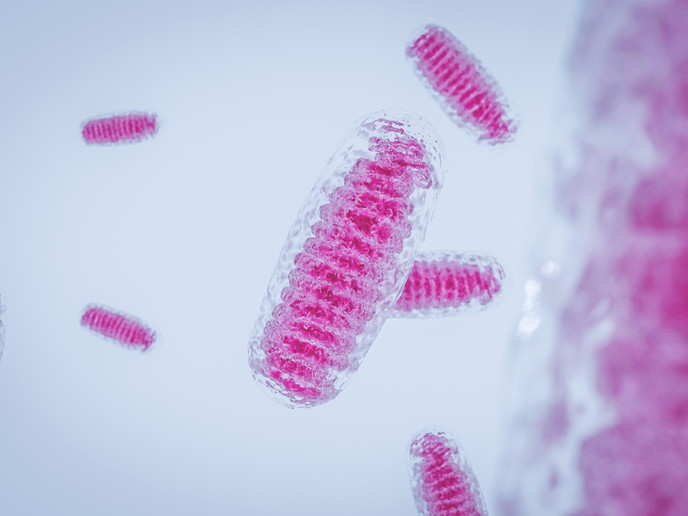Scientists shed light on the structure of a crucial metabolic enzyme
The enzyme transhydrogenase, also known as nicotinamide nucleotide transhydrogenase (NNT), plays a central role in regulating metabolic processes in animals and humans. It’s part of a process that’s key to maintaining healthy cells, and has also been linked to diseases such as diabetes and cancer. Supported by the EU-funded ISTScholar project, scientists have visualised and analysed this enzyme’s atomic structure. Their findings were published in the journal ‘Nature’(opens in new window). The study is seen as an important step towards the development of novel therapies that are related to metabolic dysfunctions, including metabolic syndrome and some cancers. A news release(opens in new window) on ‘EurekAlert!’ explains the role of NNT in the pumping of protons across the membrane of mitochondria, which are organelles that reside in most of the body’s cells and act as their power plants. “NNT sits in the mitochondria’s membrane and uses the electrochemical proton gradient generated by cellular respiration to provide the mitochondria with just the right amount of the co-enzyme NADPH [nicotinamide adenine dinucleotide phosphate], a vital metabolic precursor. The proper functioning of NNT is crucial for metabolic regulation in all animals including humans.” “NNT deficiency causes familial glucocorticoid deficiency in humans and metabolic abnormalities in mice, similar to those observed in type II diabetes,” as noted in the journal article. To better understand the process that involves the “coordinated transfer of protons across the membrane and synthesis of NADPH”, the researchers have analysed in detail the atomic structure of the enzyme NNT with extensive image processing using cryo-electron microscopy (cryo-EM). This was achieved “at a scale that allowed them to identify the structural principles of the enzyme’s channel gating--and thus to gain a deeper understanding of its functioning (and malfunctioning),” the news release notes.
New technology
Quoted in the news release, first author Domen Kampjut explains the process: “NNT has been studied for a few decades, but classical imaging methods such as X-ray crystallography have failed to give a detailed look into its structure because it is highly dynamic. Furthermore, membrane proteins like NNT are particularly challenging to study as they are fragile and difficult to purify in large amounts needed for crystallography. Thus, only with cryo-EM could we finally see clearly how the proton transfer works--and with this, find a missing piece of the puzzle on the way to understanding what to do if it does not work.” The ongoing ISTScholar (International IST Doctoral Program) that provided funding to the study of NNT was launched to offer PhD training in biology, neuroscience, computer science, mathematics, physics and relevant interdisciplinary areas. It’s coordinated by the Institute of Science and Technology Austria, an English language PhD-granting research institute that focuses on basic research in the natural and mathematical sciences. For more information, please see: ISTScholar project website(opens in new window)
Countries
Austria



